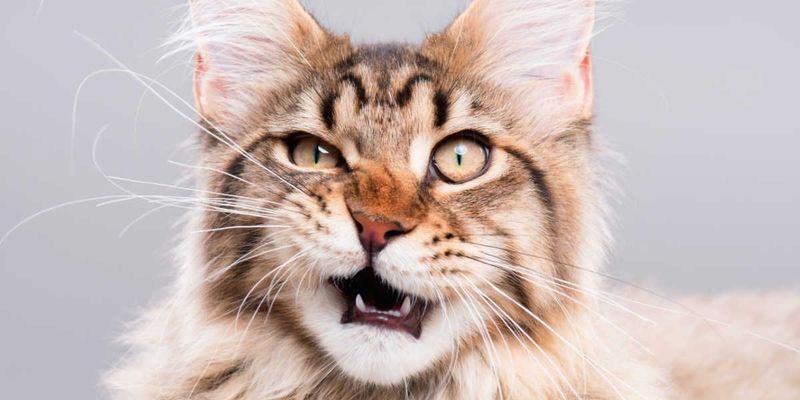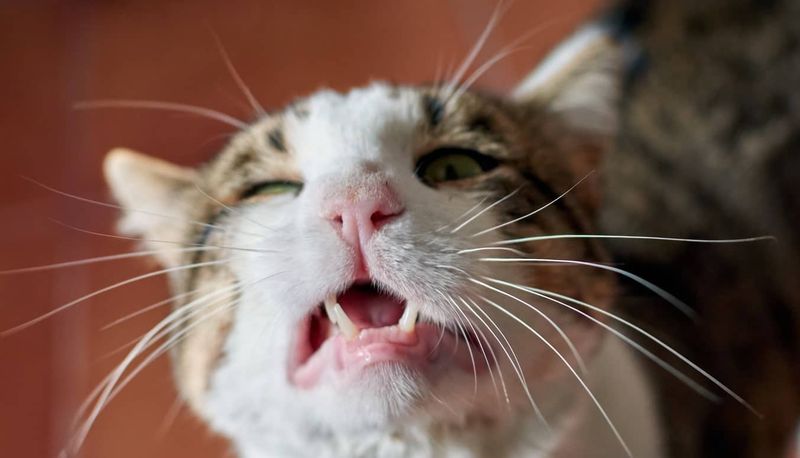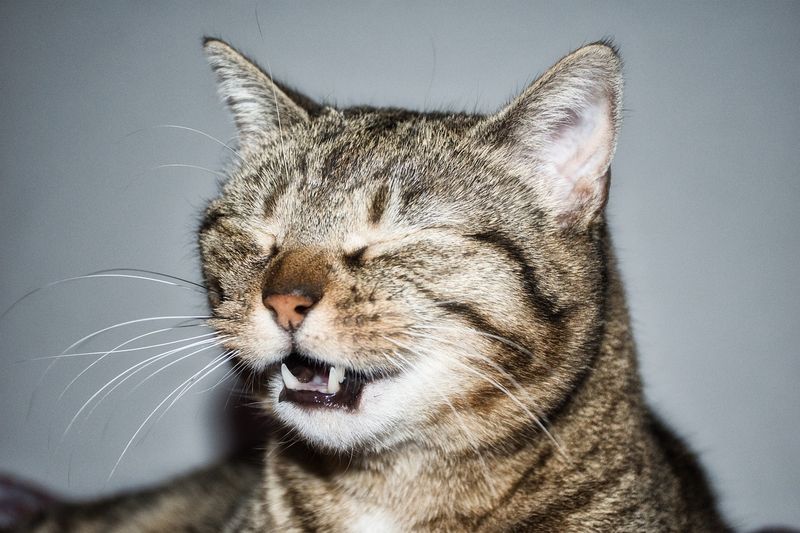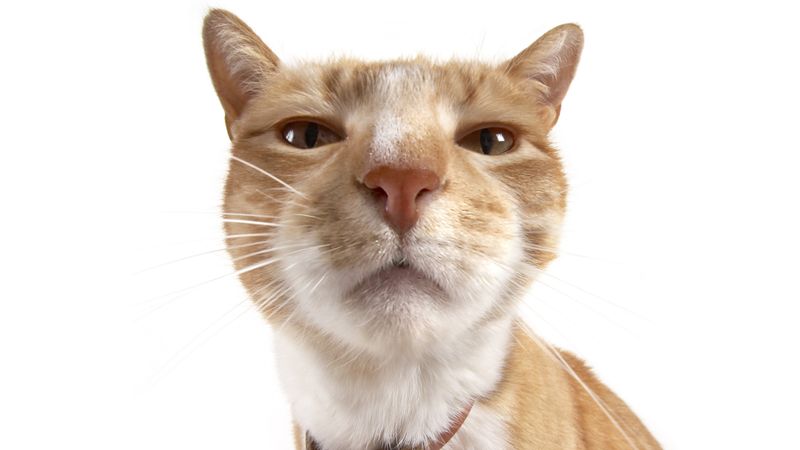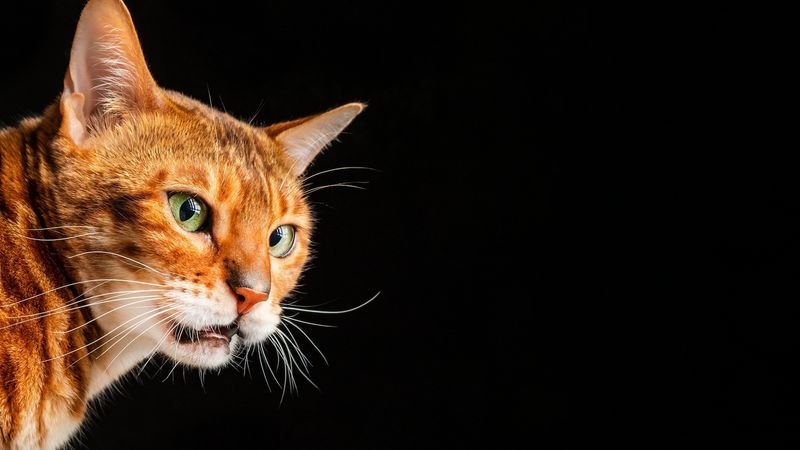📖 Table of Content:
When cats sniff something intriguing, they often exhibit a unique facial expression characterized by a slightly open mouth and curled lips. This peculiar reaction, known as the flehmen response, plays a critical role in how cats process sensory information, particularly pheromones.
Understanding the Flehmen Response
Ever noticed a cat’s face when it sniffs something curious? This isn’t just a quirky expression; it’s a vital sensory behavior. Known as the flehmen response, this reaction helps cats process chemical signals. A specialized organ, Jacobson’s organ, located on the roof of the cat’s mouth, facilitates this unique analysis. Drawing in scent molecules through a slightly open mouth, cats gain crucial information about their surroundings. This behavior allows them to decode pheromones, essential for social and territorial understanding. It’s a fascinating dive into a cat’s complex sensory world, revealing much about their instinctual communication methods.
The Role of the Vomeronasal Organ
Cats possess a remarkable sensory tool in the vomeronasal organ, also known as Jacobson’s organ. Situated on the mouth’s roof, this organ is pivotal in analyzing pheromones. When a cat encounters an intriguing scent, it channels air over this organ by opening its mouth slightly. This action is more than just sniffing; it’s an intricate process of chemical analysis. The information gleaned from Jacobson’s organ aids cats in assessing social cues, understanding mating readiness, and identifying territorial boundaries. This ability underscores the sophisticated ways cats interpret their environment and interact within it.
Triggers of the Flehmen Response
Did you know that certain smells can trigger a cat’s flehmen response? Common stimuli include pheromones from other animals, often found in scent markings or urine, and powerful or unfamiliar odors. This response allows cats to analyze these scents deeply, understanding their social dynamics or territorial changes. Whether it’s the scent of another cat in the neighborhood or a new household fragrance, cats employ the flehmen response to gather valuable environmental information. This behavior is not exclusive to domestic cats; larger feline species and some other animals also exhibit it, showcasing its evolutionary significance.
Significance in Social and Territorial Behaviors
The flehmen response plays a critical role in feline social and territorial behaviors. When a cat detects specific scent markers, it engages in this behavior to decode pheromonal messages. These messages can indicate whether a territory is claimed, the presence of potential mates, or the status of other nearby animals. This natural instinct is vital for maintaining social order and ensuring successful communication within the feline community. By interpreting these chemical signals, cats can make informed decisions about their interactions. This behavior is a testament to their evolutionary adaptability and survival strategy.
Comparative Behavior in Other Animals
The flehmen response is not unique to cats; it’s a widespread animal behavior. Horses, giraffes, and even big cats like lions exhibit this intriguing reaction. Each uses it to process pheromones and other chemical signals. In horses, it’s often seen during interactions with new scents, while giraffes use it in mating contexts. This behavior underscores a shared evolutionary trait among diverse species, highlighting the universal need for chemical communication in the animal kingdom. Observing these behaviors across different species offers a glimpse into the complex world of animal interactions and the importance of scent in survival.

